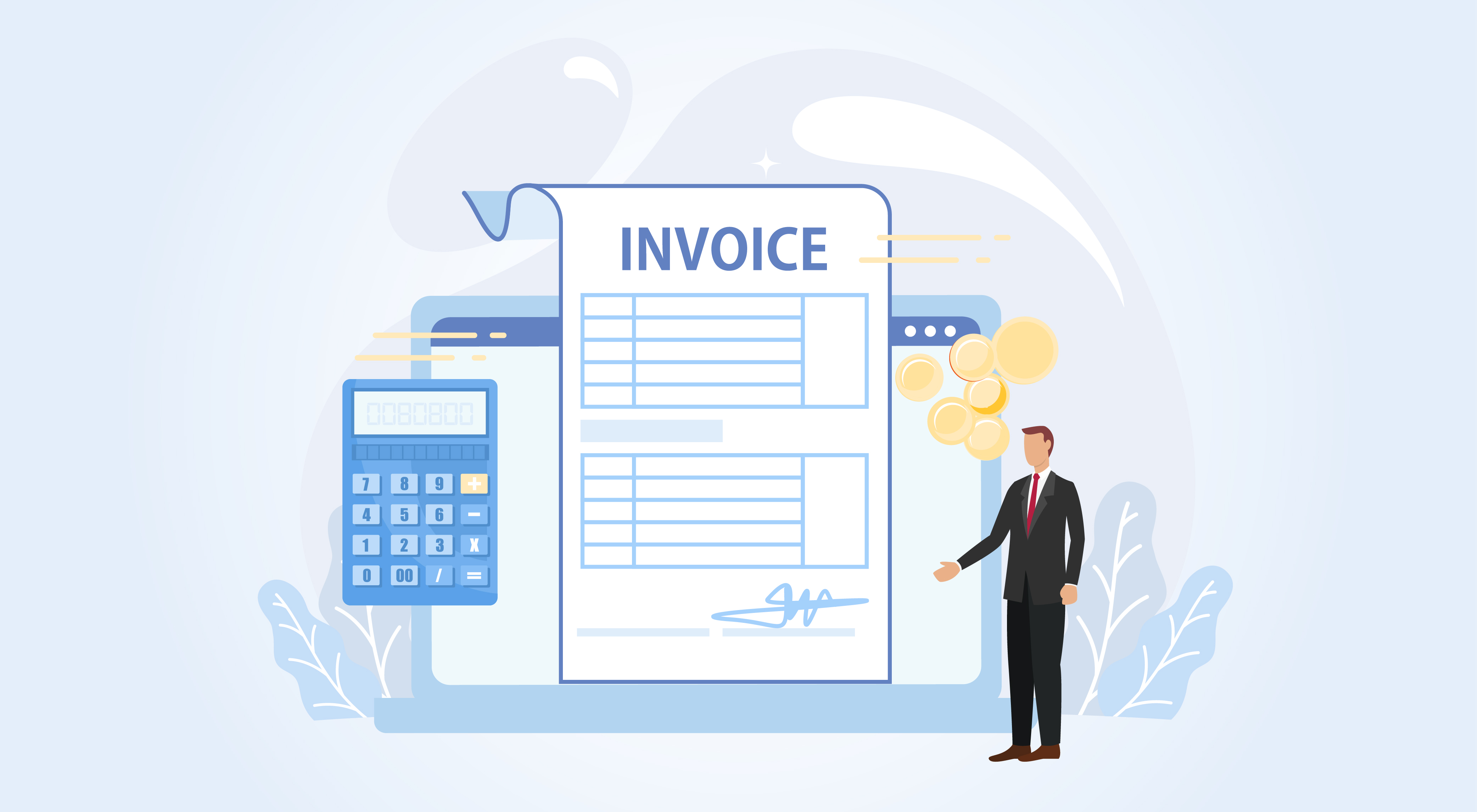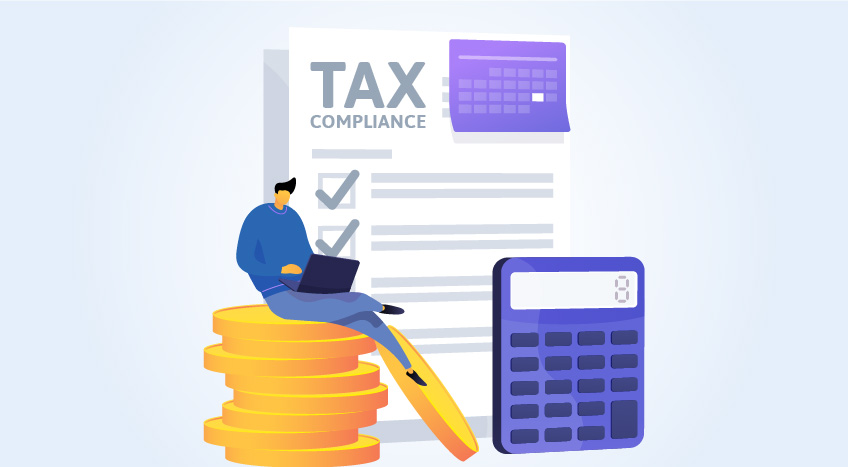- How is the Profit Margin calculated?
- How to calculate VAT to be paid under Profit Margin Scheme
- Scenario: When goods are purchased from an unregistered person
In our previous article, we have discussed the Profit Margin Scheme and the specific supplies which are eligible to be supplied under the Profit Margin Scheme. In this article, let us understand the calculation of profit margin and tax to be paid under the Profit Margin Scheme.
How is the Profit Margin calculated?
The profit margin is the difference between the purchase price of the goods and the selling price of the goods.
How to calculate VAT to be paid under Profit Margin Scheme
The profit margin will be considered to be inclusive of tax. Hence, the amount of tax to be paid needs to be back-calculated from the amount of profit margin.
For this, the following formula can be used:
Tax amount = Value inclusive of tax * tax rate ÷ (100 + tax rate)
Let us now understand the calculation of profit margin and tax using some scenarios.
Scenario: When goods are purchased from an unregistered person
Example: A VAT registered second-hand goods dealer, Ahmed Used Cars, purchases a used car from a consumer, Mr. Juman. The purchase price is AED 10,000. After the required repairing and refurbishing, Ahmed Used Cars supplies the car to another consumer, Mr. Rohan, for AED 15,000.
Let us understand the calculation of tax to be paid by Ahmed Used Cars if they opt for the margin scheme for this supply.
Here, the profit margin of Ahmed Used Cars on the supply is:
AED 15,000 - AED 10,000 = AED 5,000 (Selling price- purchase price).
The profit margin is inclusive of tax. Hence, the tax to be paid can be calculated as shown below: Value inclusive of tax = AED 5,000
Tax rate = 5%
Hence, tax amount= 5,000 * 5 / (100 + 5) = AED 238.
For second-hand goods dealers, the Profit Margin Scheme is a good scheme for paying tax on the supply of second-hand goods. The benefit of opting for the margin scheme is that the dealer needs to pay tax only on the margin earned on the sale. This is very useful for dealers who mostly purchase used goods from end customers. As there is no applicability of input tax recovery on these purchases, these dealers need to pay tax only on the margin earned on the sale. However, dealers opting for the scheme should ensure that input tax has not been recovered on the purchase of these goods.









